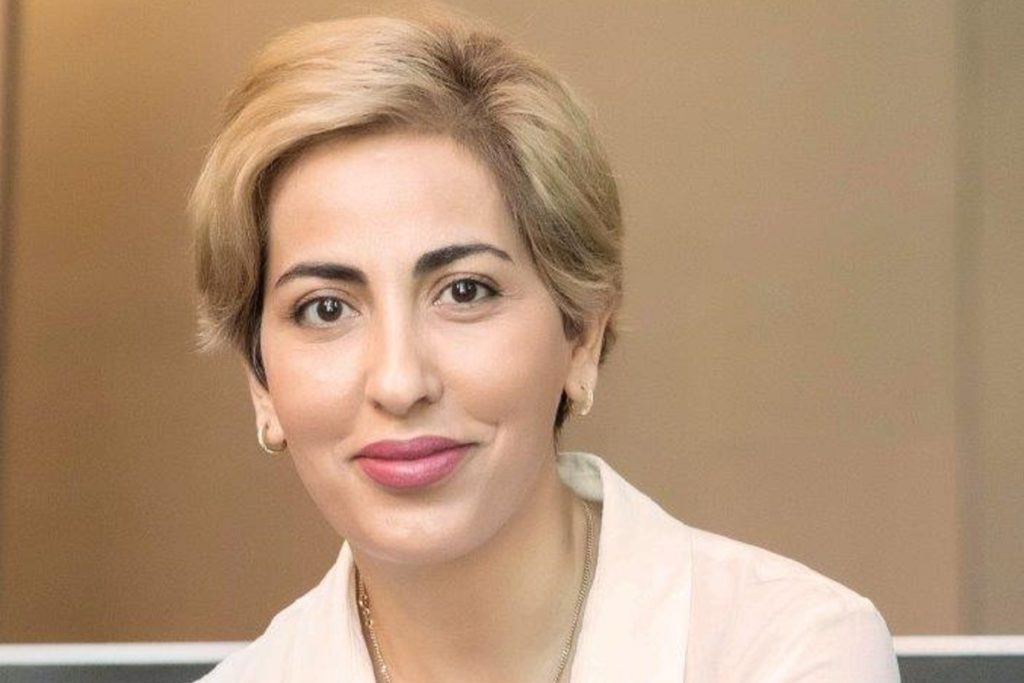I remember the day I escaped Iran. I was in my mid-teens.
I remember climbing mountains that sit between Iran and Pakistan. I was without my family. My father, mother and brother had stayed back to leave with another group. As we crossed several mountains and exhaustion was setting in, I asked smugglers if we had left Iranian soil and if I could take off my hijab. As though hijab was the only demon I was running from. ‘Yes’, they said. I immediately took off my headscarf and let the air of hope fill my lungs. The air smelt different somehow. I vowed never to look back at the country and people that considered me less than human.
As far back as I remember, I had been discriminated against.
I remember the night our home was surrounded by men chanting hateful slogans. My father was young, and my mother was pregnant. I remember my mother’s cries and the terror in my father’s eyes and his nervous pace around the house. “They will either convert or burn their house and kill their men. Women and children are yours to do as you wish”. These were instructions by the clerics to a mob of men leaving the local mosque. I am not sure why nothing happened to us that night. Many other families lost their homes or more during those early months and years after the Islamic revolution of 1979.

As a Bahá’í, I was never going to have a normal life. The Islamic government had already arrested and executed many Baha’is across the country. They even hanged women and girls. Mona Mahmudnizhad, a 16-year-old schoolgirl along with 9 other women endured months of interrogation and torture. They were eventually sentenced to death because they refused to denounce their beliefs and were hanged one at a time in front of each other. Mona, the youngest, had been the last one to be hanged. It is said that when her turn came, she kissed the rope and put it around her own neck. Her story is recounted in songs in her tribute – Kiss the Rope, Mona with the Children.
Their plans to set up concentration camps for Bahá’ís had not eventuated, maybe because of international pressure. They were implementing new plans, to imprison anyone who they perceived as a threat to their ideology and further refocus their assault through societal levers. In the years following the 1979 revolution, they detained thousands and worked to cut off access to all social and economic opportunities for tens of thousands more. These were done to “break their will” and force conversions. The hatred that clerics had sowed had taken over across all classes of society.
The clerics’ fear and hatred of Bahá’ís dates to the founding of the religion in 1800s when a young man by the name of Siyyid Ali-Muhammad Shirazi (the Báb) ignited a social revolution that shook the foundation of clerical hold on society. The Bábi Faith and what followed to become the Bahá’í Faith, through belief in Oneness of Humanity and teaching of Independent Investigation of Truth, had effectively abolished the need for clerics. The new religion’s popularity was becoming a serious threat. What followed was a campaign of killings, tortures, imprisonments, exiles, confiscation of properties, hate speech and propaganda by clerics that continues to this day.
As I write this piece, more than 90 Bahá’í men and women are detained because of their beliefs. Recently, two Baha’i women were handed 10-year prison sentences for a second time. Mahvash Sabet and Fariba Kamalabadi were released in 2018 after their first 10-year prison terms, which they served with grace and love for their country and people. Now they have been condemned to spend another decade of their lives in prison.
By all accounts, my connection to Iran broke many years ago, but these days I find myself more and more drawn back.
I wake up early hours and check my phone. I flick through my Instagram. I try to go back to sleep, but I have seen and read too much.
My heart breaks for the people of Baluchistan, the ones who gave me safe passage as I was smuggled out of Iran. I am in awe and fear for the people of Kurdistan, with their long and proud history, and their unwavering struggle for freedom. I think to myself how Cyrus the Great gifted the world with the first charter of human rights over 2500 years ago, but his children are enduring inhumanity in the hands of oppressors. I can’t stop crying.
I want to be a voice for Iranian women and girls. I want to scream so loud that everyone can hear their cries. I want the children of Iran to be free from tyranny once and for all.
I bought myself a white t-shirt the other day and painted my nails white. I wear green and red ribbons on my wrists to show I am one of them. Am I one of them?
Over the years, millions of expat Iranians have watched as their compatriots have been brutalised, and the country has been driven to economic ruin. Every sorry story has been like a dagger in the heart of every decent Iranian living abroad. There have been many cries for reform by people inside Iran. I watched as the so-called ‘Green Movement’ in 2009 brought young Iranians to the streets by their millions. I watched as people protested for a better life while being bamboozled by the game of ‘conservatives’ versus ‘reformists’ toss of the same coin. What followed all these calls for reform was nothing short of hell on earth for thousands of young and old who were marched to the gallows. Every hope had been quashed through violence.
This time it feels like a different cry.
The young generation demands a different life. The hatred of the past seems to have been replaced by something beautiful. Their cries are for ‘love’ and for real change. A young tree of hope has been planted by WOMEN with a new LIFE for FREEDOM! Suddenly the call for freedom has a familiar tone. The fire that was started by Táhirih Qurrat al-‘Ayn in 1852 has intensified. She had famously said, “You can kill me as soon as you like but you cannot stop the emancipation of women”. She gave her life for her beliefs. The time for women is finally here.
I AM ONE OF THEM!


